Getting to the indigenous villages in the Andean Highlands of Peru is not for the faint of heart. Let me explain…After a long, dusty, bumpy and extremely nauseating van ride (remember elevation of 12,000 plus feet)…we finally arrived at our “hotel” in the small town of Santo Tomas, unloaded our suitcases and immediately jumped back in the van to climb even higher…along with more dust and more bumps. A couple hours later, we finally arrived in the community to begin our home visits. (As mentioned in a previous post, this trip was to show us firsthand our donated dollars at work…by Esperanca and their partner, CADEP.)
Santo Tomas and surrounding villages are all within the province of Chumbivilcas…which just happens to be famous for the Takanakuy in December at Christmas time. But first, let’s set the stage…Chumbivilcas is one of the poorest provinces in Peru and pretty much cut off from most resources and government services. Now picture the villagers here…they’re hearty farmers with very little connection to the outside world. So when you live way out in the Peruvian boonies without access to a justice system and you have issues with your neighbors…well you wait for Takanakuy and get it all out of your system. Yep, Takanakuy is when everyone gets together on Christmas morning and beats the crap out of each other. This could be over a grievance with a neighbor, a stolen girlfriend, or simply because you’re drunk during the festivities and you’re in the mood for a really good fight! Merry Christmas! Now that you have that visual in your head, let me explain that the culture here is that everybody helps everybody. So if you’re making adobe to build your home…everyone nearby comes to help. If you’re harvesting potatoes…everyone comes to help dig potatoes. A real neighborly bunch…well…except around Christmas.
So let’s check out one of the homes we visited…one that had vastly improved their living conditions by building an environmentally-friendly house. This particular one was the most improved of all the homes…to show that once you set your mind to something…big changes can happen!
The woman of the house…very proud and so eager to show us their accomplishments…
(Unfortunately I didn’t get her name…my assistant has assured me he’ll do better in the future.)
Their home had been acclimatized by using adobe for the structure, as well as an attached greenhouse to add vegetables to their mainly potato diet. Some had added a bathroom to their house instead of an outside toilet. Many had started to combat climate change by using irrigation to water their crops. What I loved the most was seeing their very own “vision boards” posted on their kitchen walls. As you can see from this one below…the past (pasado) showed small structures sprinkled throughout their property. Children’s rooms would be separated from the main living area as well as the kitchen area. The present (presente) shows their new adobe home with everyone living under the same roof. They had their future goals (despues futuro) and plans for the upcoming year. Awesome!
Brilliant colors were added to brighten the walls of their bedrooms…
colors often made from various plant materials…
And some even had portable gas burners in their kitchens…
eliminating the burning of wood…
providing less opportunities for children to burn themselves and obviously cleaner air to breathe.
Another home (below) that also attached their greenhouse to their kitchen…
allowing the warm air to flow into their home…
and easy access to vegetables when preparing family meals…
This couple (Vidal and Rita) was so adorable…and oh so proud of their accomplishments!
During these visits we had an opportunity to make adobe bricks, help paint a home, harvest potatoes…giving us first-hand experience of the time and labor needed just to live in this part of the country. But what was even more interesting…we encountered a few rural “traditions” (or medicinal practices?) while visiting a couple of homes in one of the villages…
Let’s start with the “cuy” or what we call guinea pigs. Raised in and outside of the home…used for eating…(I tried and DID NOT LIKE) but also used for medicinal and spiritual practices. For these purposes we were told the cuy must be a black one because the belief is they have stronger healing powers.
The healer will rub the black cuy over the patient’s body and then analyze its body to determine what’s wrong with the patient…meaning the healer would slit the cuy’s throat…cut open the body to analyze its organs, blood and bones in order to diagnose the patient. This concept was pretty straight forward…unlike the next two…
~~~
!!just giving you a little warning here!!
~~~
I honestly didn’t get what was being said about the need of a sheep fetus hanging from their shed…but I did understand that hanging their dead cat (below) was part of a medicinal practice to bring healing within the home. With the language translation, it was hard to pinpoint exact details.
I found all of this so fascinating! It’s exactly why I adore traveling…not just to see beautiful sites, but to see up close and personal the differences in traditions and cultures. And then there’s the rituals and customs surrounding the potato harvest! Coming up!
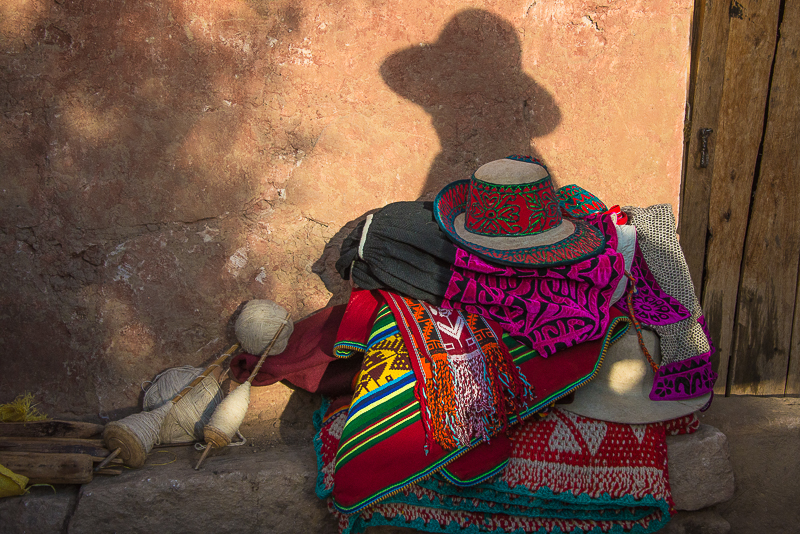
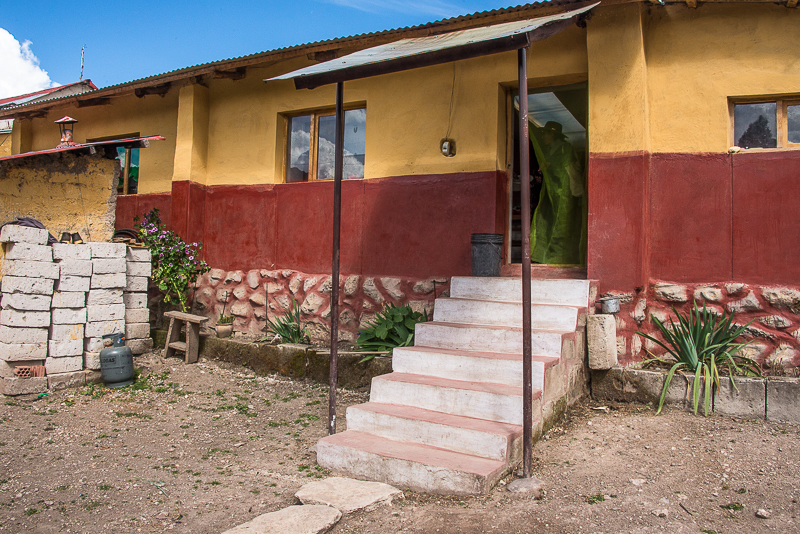


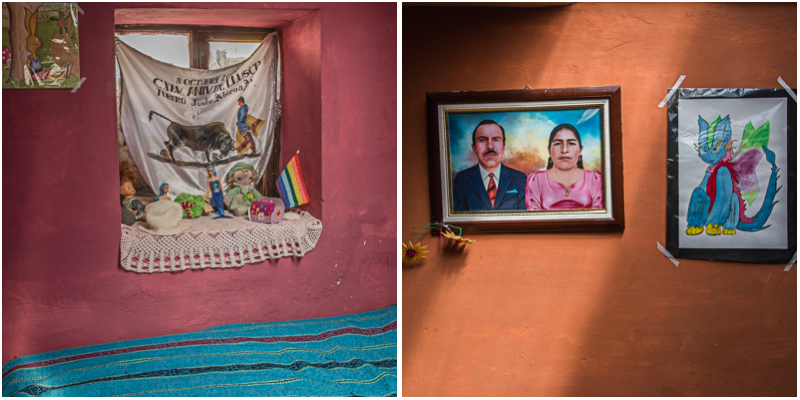

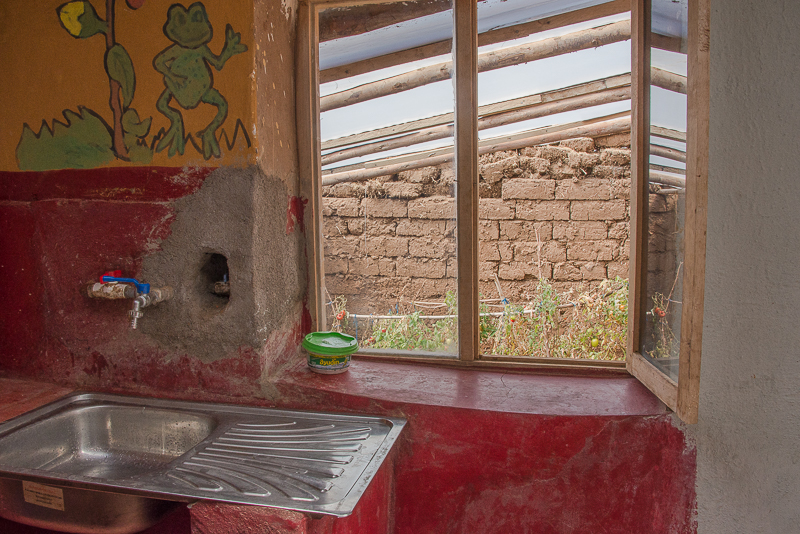
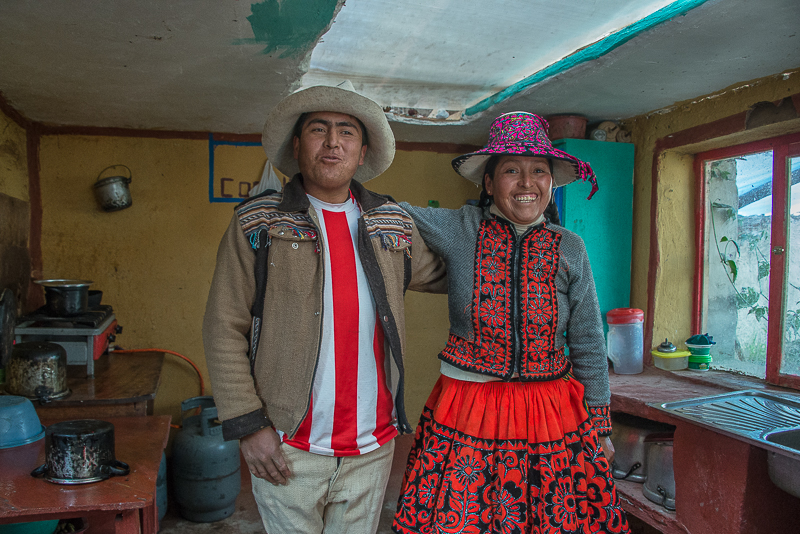

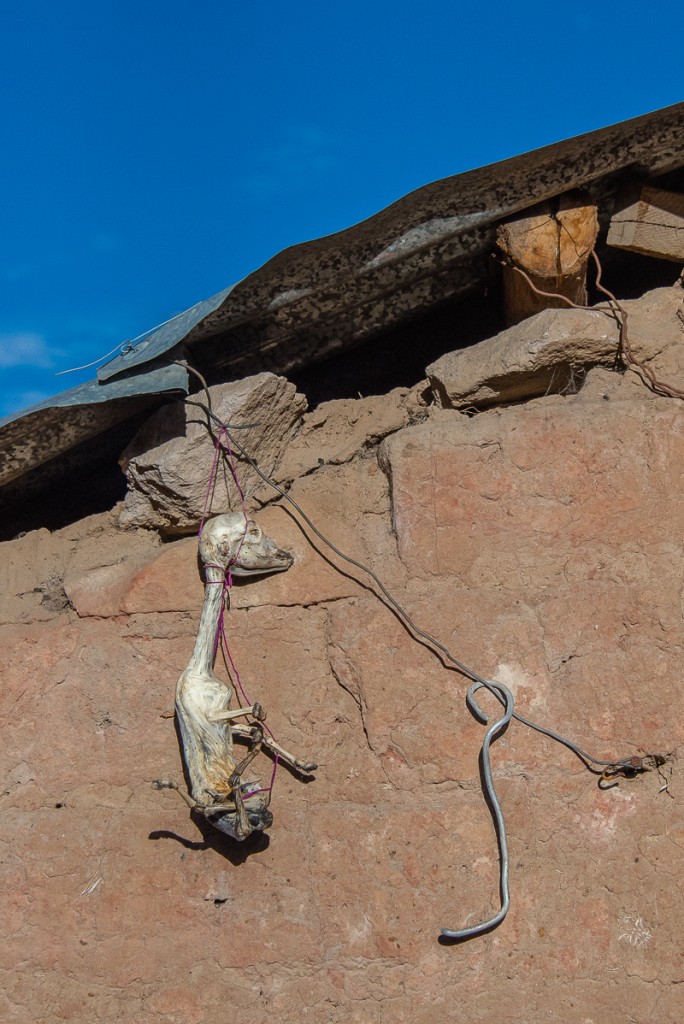


Robin, these photos are amazing. Don’t you just love the colours and the beautiful clothes the women wear? Dead things hanging up in the porch? Mmmm…. the challenges of cultural diversity!!! What an adventure….
Thanks so much Catherine! Yes…the colors in Peru are so amazing…and yes, an adventure for sure!
Here we are again!!! Do not know how you can do it. Gary told us a few days ago that they did extend her stay. I will update you after BILL talks to Gary. Be SAFE.
Thanks so much for the update! I’m home now…so keep me posted!
OMG… great photos and amazing story about the people and culture. Thanks so much for sharing. Of course I can’t even imagine traveling like you do since Bro and I are just becoming used to traveling the United States, and in the future Canada, and just acquired a device that allows us to have Wi-Fi internet access for our computer in our motorhome but still using data…… so now at least I can read your blog and leave comments where as before we were pretty much “off line”..XoXo
Oh you are just beginning to learn all about the world of travel and will have so many wonderful and challenging experiences! Can’t wait to hear all about them! xoxoxo And so glad you are now “on-line!”
You are a pretty tough cookie to manage that van ride, that would be the first challenge for me but the pay off looks delightful … love the woman of the house and Rita’s proud smile! I also enjoyed the very top photo so much, more than the bottom ones!
It was a challenge for sure…but worth it all to experience these amazing families and beautiful country! Thank you!!
The colors and designs and creativity of the indigenous cultures in South America are maybe equaled but not excelled elsewhere, Robin, as you know by now. Every culture has so much to give us, if we’re but willing to stop, look and listen. I love these posts from you. Keep them coming.
Thanks so much Ginnie…we can learn so much from this big wide world of ours!
Being proud is I think the most important thing in life. Proud makes you confident and proud will make to care and take care.
Fascinating story about the Guinea pigs… erm… culture is culture and who are we to doubt. Very interesting pictures those last two.
The other colourful pictures, amazing, so clean, so crisp all the inside of the houses. something to be proud off!!!!!!
Fabulous pictures, so much to see.
Love and hugs.
Thanks Astrid. You are so right…who are we to doubt. I came across a blog posting a week or so ago and this gal made total fun of the hats the women wear in Peru. I couldn’t believe it. These home owners were very proud people and wanting so hard to improve their living conditions. Always enjoy your comments!
Robin, this is all very interesting. I couldn’t take my eyes off the photo with the guinea pig. We have two guinea pigs at home, treated as pets, and when I read in a book that they breed them in Peru for various purposes, I couldn’t imagine that. I still can’t. But that’s it, right, I understand a chicken farm but not a guinea pig farm as I’m not used to that concept. It’s good to widen our horizons.